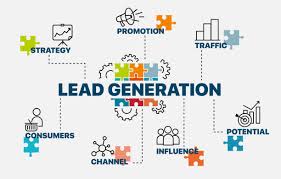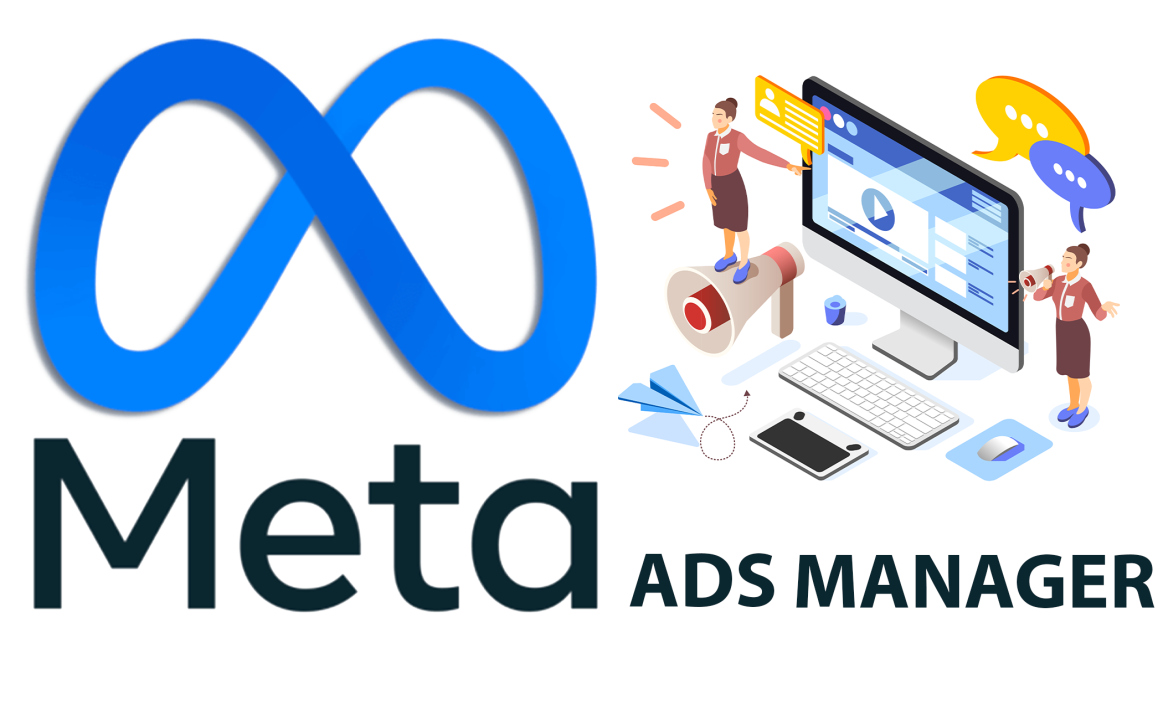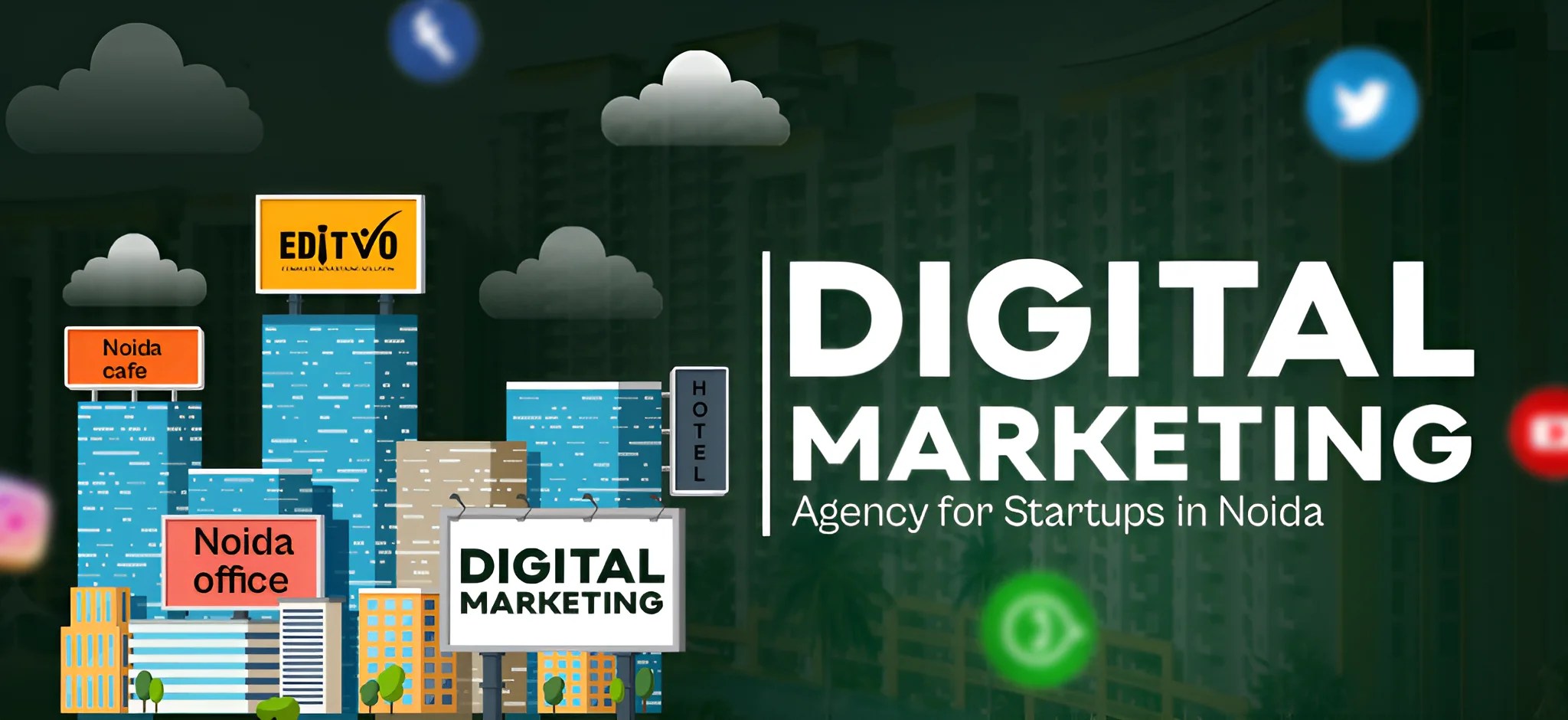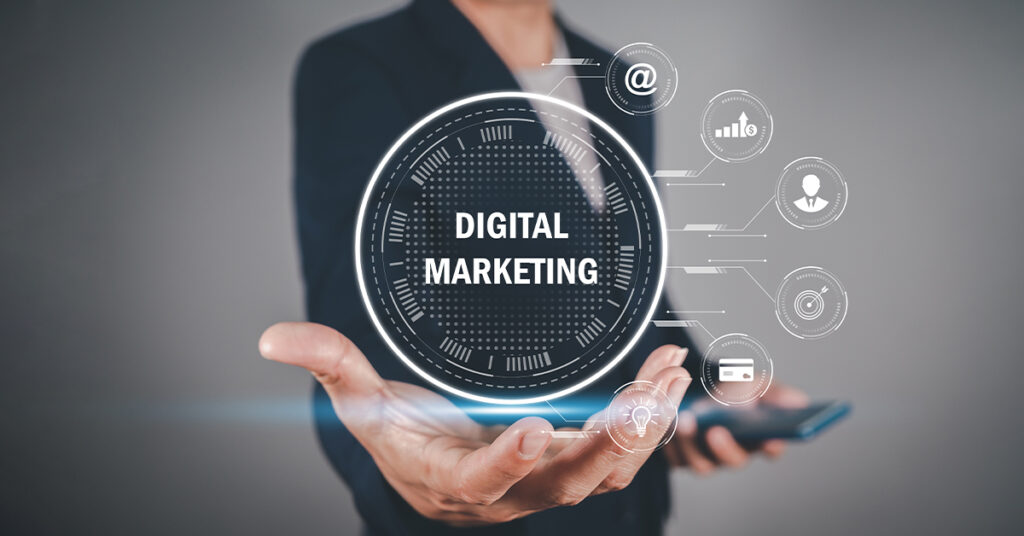Lead Generation Campaign: Turning Clicks Into Customers
In today’s fast-paced digital world, businesses no longer thrive just on visibility—they thrive on qualified leads. A lead generation campaign is a strategic marketing effort designed to attract potential customers and convert them into interested prospects. Whether you’re a startup or a seasoned brand, an effective lead generation campaign can become your strongest engine for growth.
What is a Lead Generation Campaign?
A lead generation campaign involves a series of targeted marketing activities designed to capture information from interested individuals—like names, emails, phone numbers, or company details. This information is used to nurture potential customers and guide them through the sales funnel.
These campaigns can be executed through various platforms like websites, landing pages, social media, search engines, and email marketing.
Why is Lead Generation Important?
Generating high-quality leads means your sales team spends less time on cold outreach and more time on nurturing genuine interest. It creates a steady pipeline of opportunities that can eventually turn into paying customers.
- Consistent flow of potential customers
- Improved conversion rates
- Cost-effective customer acquisition
- Better targeting and personalization
- Increased return on ad spend (ROAS)
Key Elements of a Successful Lead Generation Campaign
1. Clear Objective
Every campaign should begin with a clear goal: Are you collecting emails? Booking consultations? Offering a free trial?
2. Target Audience
Understanding your ideal customer profile (ICP) is critical. Tailor your messaging and platform choice to suit their behavior.
3. High-Value Offer
This could be a free ebook, consultation, webinar, discount code, or demo—something that gives users a reason to submit their details.
4. Landing Page
Create a conversion-focused landing page with compelling copy, visuals, and a lead capture form.
5. Call-to-Action (CTA)
Use clear, action-driven CTAs like “Get Started,” “Download Now,” or “Book Your Free Session.”
6. Follow-Up Strategy
Once a lead is captured, follow up with nurturing emails, WhatsApp messages, or calls to guide them to the next step.
Best Channels for Lead Generation Campaigns
- Google Ads – Great for intent-based leads through search campaigns.
- Meta Ads (Facebook & Instagram) – Perfect for awareness and interest-stage campaigns.
- LinkedIn Ads – Ideal for B2B lead generation.
- Email Marketing – For nurturing and converting cold or warm leads.
- SEO & Blogs – Long-term strategy for organic leads through valuable content.
- YouTube & Video Ads – Engaging and educational lead magnets through video funnels.
B2B vs B2C Lead Generation
B2B: Focuses on longer buying cycles, often involves decision-makers, and relies on data, case studies, and product demos.
B2C: Usually shorter sales cycles with emotional or need-based buying triggers. Offers like discounts, trials, and freebies work well.
How to Measure Lead Generation Success
- Cost per lead (CPL)
- Lead quality and engagement rate
- Conversion rate
- Return on ad spend (ROAS)
- Email open and click-through rates (CTR)
- Sales pipeline growth
Final Thoughts
An effective lead generation campaign doesn’t just collect contact info—it builds relationships. With the right strategy, platform, and follow-up process, you can create campaigns that consistently bring in qualified leads, reduce customer acquisition costs, and drive sustainable business growth.
If your business is ready to scale, now is the time to invest in well-planned lead generation strategies that work—day in and day out.





